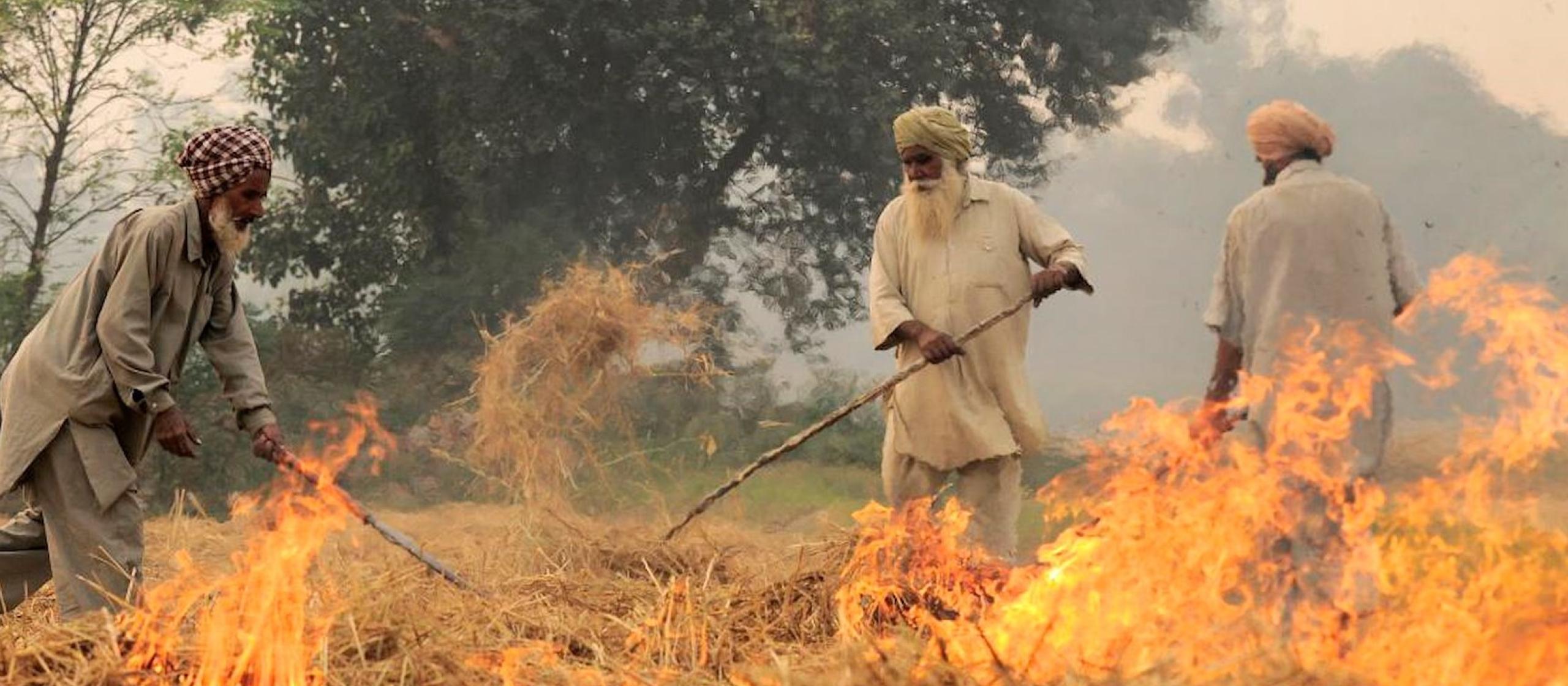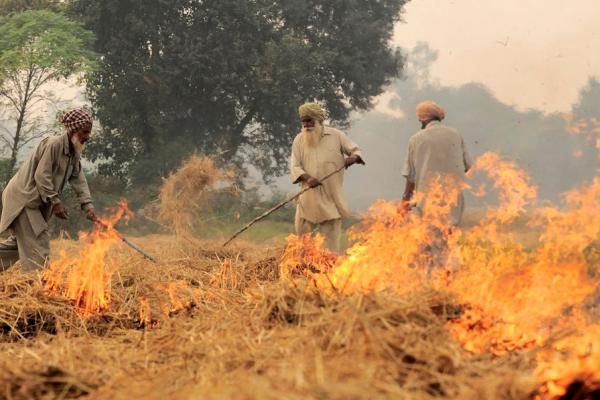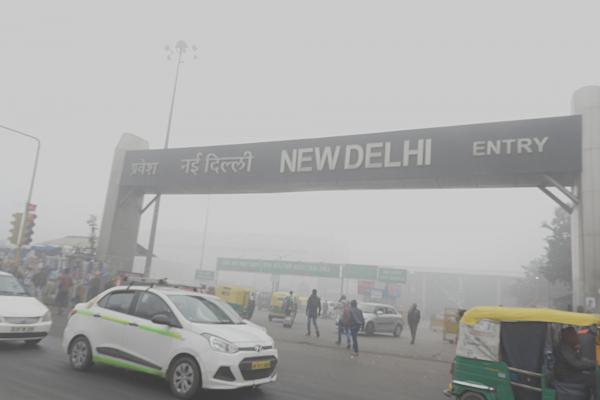- HomeHome
-
About ACIAR
- Our work
- Our people
-
Corporate information
- ACIAR Audit Committee
- Commission for International Agricultural Research
- Policy Advisory Council
- Agency reviews
- Executive remuneration disclosure
- Freedom of information (FOI)
- Gifts and benefits register
- Information publication scheme
- List of new agency files
- Contracts
- Legal services expenditure
- Privacy impact assessment register
- Commonwealth Child Safe Framework
- Benefits to Australia
- Careers
- 40 years of ACIAR
-
What we do
- Programs
- Cross-cutting areas
- Resources
- Where we work
-
Funding
- Research projects
- Fellowships
-
Scholarships
- John Allwright FellowshipScholarships to study in Australia for ACIAR partner country scientists to have Australian postgraduate qualifications
- ACIAR Pacific Agriculture Scholarships and Support and Climate Resilience Program
- Alumni Research Support Facility
- Publications
- News and Outreach
Date released
13 December 2018
Over 1.2 million people died from air pollution in India during 2017 according to a new study published by leading medical journal The Lancet.
Funded by the Bill and Melinda Gates Foundation and the Indian Council of Medical Research, the research found that 12.5% of all deaths in India during 2017 were from air pollution.
Of the total 1.24 million deaths, 670,000 were caused by ambient particulate matter pollution, with agricultural stubble burning a ‘major’ source.
‘Air pollution is a major planetary health risk, with India estimated to have some of the worst levels globally,’ said the paper. ‘To inform action at subnational levels in India, we estimated the exposure to air pollution and its impact on deaths, disease burden, and life expectancy in every state of India in 2017.’
Ground level ambient pollution is produced when nitrogen oxides and volatile organic compounds emitted from transport vehicles, power plants, agricultural stubble burning, and other sources react in the presence of sunlight.
Every November, millions of tonnes of rice straw are burnt by farmers mostly in north west India, Bangladesh and Nepal to clear their land and plant new crops.
The resulting smog drifts across the continent, with the people of New Delhi often suffering the most. According to The Lancet, the city had the highest levels of tiny particulate matter, capable of reaching deep into the lungs and causing major health problems.
The smog also reduces visibility, resulting in higher road fatalities and disruption to air transport.
The report concluded average life expectancy in India—a country of 1.38 billion people—in 2017 would have been higher by 1.7 years if air quality was at healthy levels, the report said. It also stated that ‘rapid deployment of effective multisectoral policies’ are required throughout India to start combating the problem.
At the end of 2017, The Government of India announced a regional initiative to help farmers in the country’s food basket avoid the need to burn their fields to clear crop residue, with a focus on technological interventions and the effective utilisation of existing machinery.
A Happy Revolution
The Australian Centre for International Agricultural Research (ACIAR) has been funding research projects since 2010 investigating options helping farmers clear their fields without setting them on fire; with the Happy Seeder leading the charge.
An invention from an ACIAR-funded project ten years ago, the Happy Seeder is a small, affordable machine that drills seed through the tough rice stubble bypassing the need to burn it.
It has solved the straw problem forever,’ says Manoj Kumar, 45, a farmer from Taraori village of Karnal district. ‘Now I can use my Happy seeder machine to sow wheat seeds directly without having to remove the straw or burn it.
The technology has been used selectively by farmers like Kumar for almost a decade, with a recent ACIAR project looking at ways ensure a wider uptake of the important technology to help further reduce the toxic smog caused by stubble burning.
The project is funded through the Australian Government’s Sustainable Development Investment Portfolio (SDIP) and led by the University of Adelaide’s Centre for Global Food and Resources (GFAR).
‘Happy Seeder adoption by farmers has been slower than hoped,’ says the GFAR. ‘Many farmers continue to burn rice stubble and cultivate soils prior to sowing wheat crops, foregoing increased farm income and creating massive environmental cost.’
‘Because we don’t know why farmers have not adopted Happy Seeder technology, to encourage greater uptake of the machines this project is aimed at identifying adoption constraints, and any appropriate government or private support incentives.’
‘It is planned that the project outputs will thus inform better private investment and public policy to accelerate adoption across the Indo-Gangetic Plains.’
The project focused on policy development, with workshops hosting local government officials, international research organisations and think tanks to discuss how government policy can be shaped to encourage farmers to adopt the life-saving technology.
A policy brief of recommendations in support of accelerating the adoption of Happy Seeder drills across the Indo-Gangetic Plains has been developed, available via the GFAR’s website. You can also keep up to date with the latest news via the SDIP website.
You can also access the final report into the project, available via ACIAR's website.






